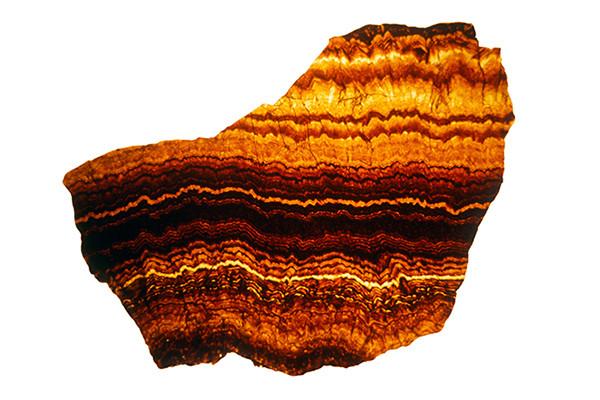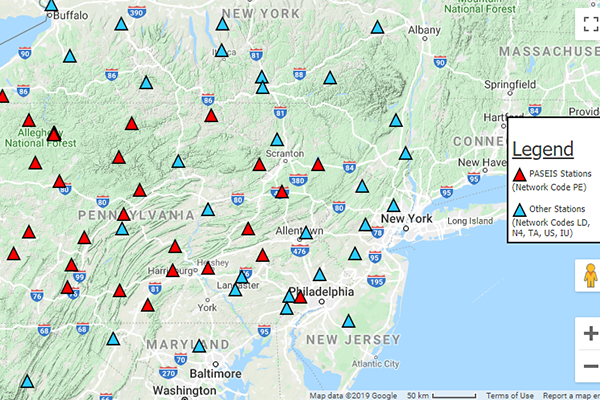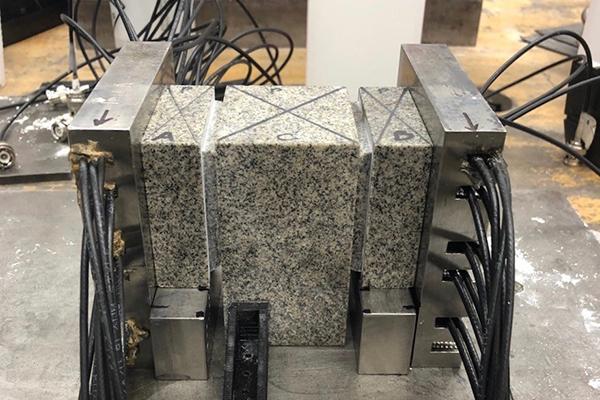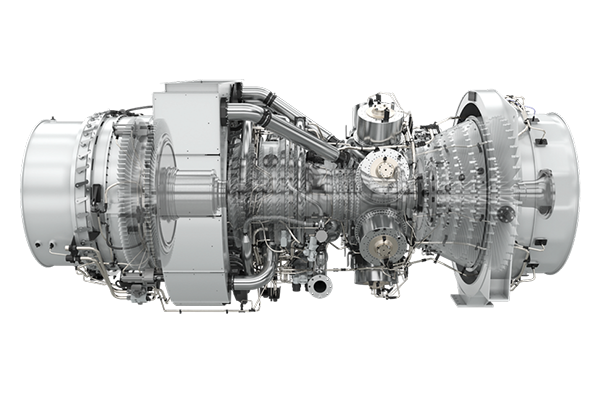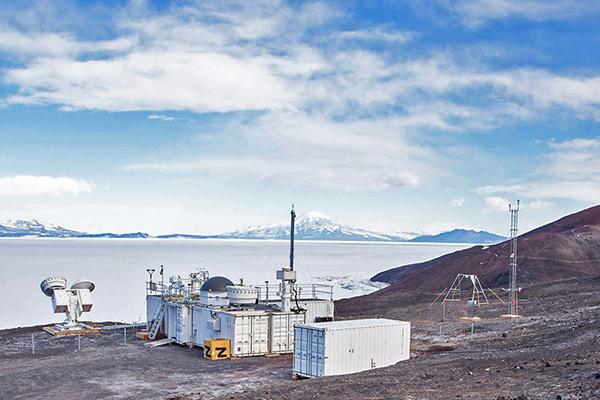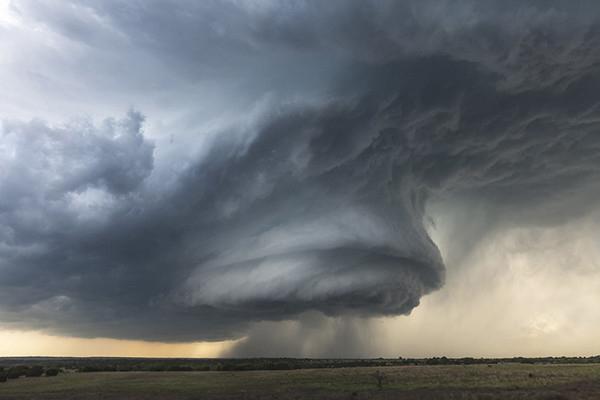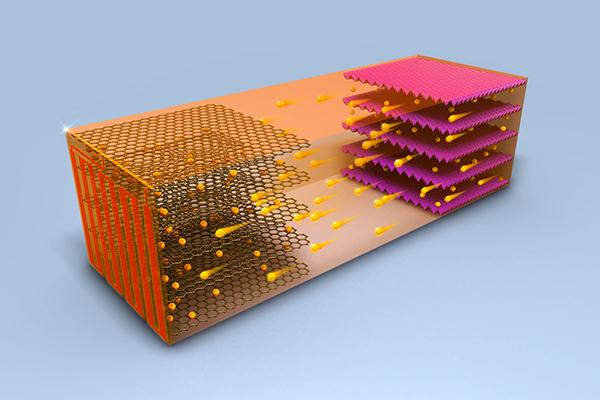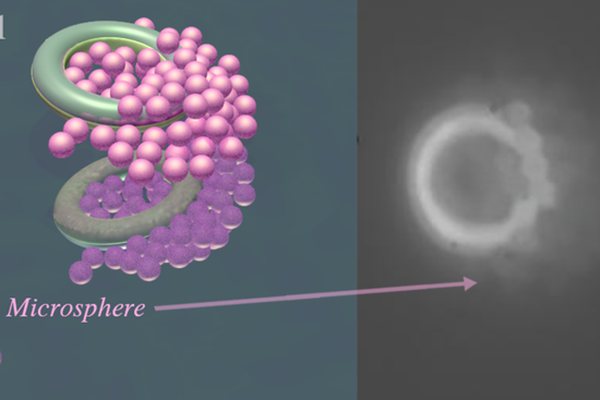Read the latest news about research conducted by investigators in the College of Earth and Mineral Sciences. Our faculty and students are continually advancing technology, creating solutions and expanding knowledge with new and innovative research.
News
Every day, more than 141 billion liters of water are used solely to flush toilets. With millions of global citizens experiencing water scarcity, what if that amount could be reduced by 50%?
Equilibrium climate sensitivity — how sensitive the Earth's climate is to changes in atmospheric carbon dioxide — may be underestimated in individual climate models, according to a team of climate scientists.
Changes in groundwater millions of years ago created alternating layers of vivid yellow and brown in the mineral sphalerite, and those variations align with movements in Earth’s orbit that impacted climate in the deep past, Penn State scientists found.
When a seismic event occurs in the commonwealth, the Pennsylvania State Seismic Network (PASEIS) is the first to know.
A team of Penn State researchers will soon have a better understanding of the deformation properties and poromechanical behavior of rock samples containing anhydrite, thanks to a $450,000 Chevron grant.
Researchers in the Penn State Department of Mechanical Engineering have been awarded more than a combined $3.3 million to support advancements in the performance and efficiency of combustion turbines and turbine-based power cycles in fossil fuel power generation.
For the first time, persistent drizzle has been recorded at temperatures well below freezing in Antarctica, according to a team of researchers.
Combing data from cutting-edge geostationary satellites and traditional weather radar created a path toward earlier, more accurate warnings, according to Penn State researchers who studied supercell thuderstorms in the Midwest.
Electric vehicle owners may soon be able to pull into a fueling station, plug their car in, go to the restroom, get a cup of coffee and in 10 minutes, drive out with a fully charged battery, according to a team of engineers.
Bacteria and other swimming microorganisms evolved to thrive in challenging environments, and researchers struggle to mimic their unique abilities for biomedical technologies, but fabrication challenges created a manufacturing bottleneck.





